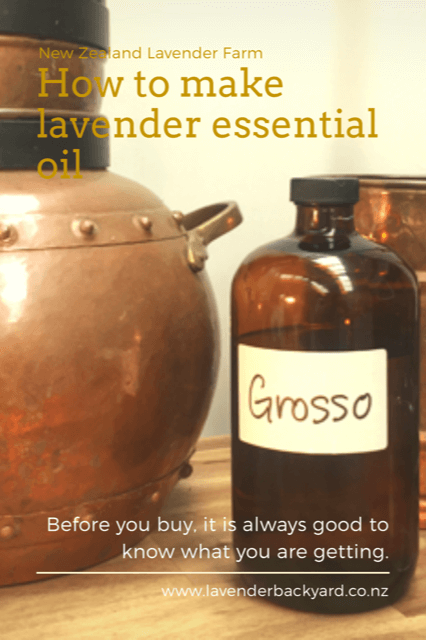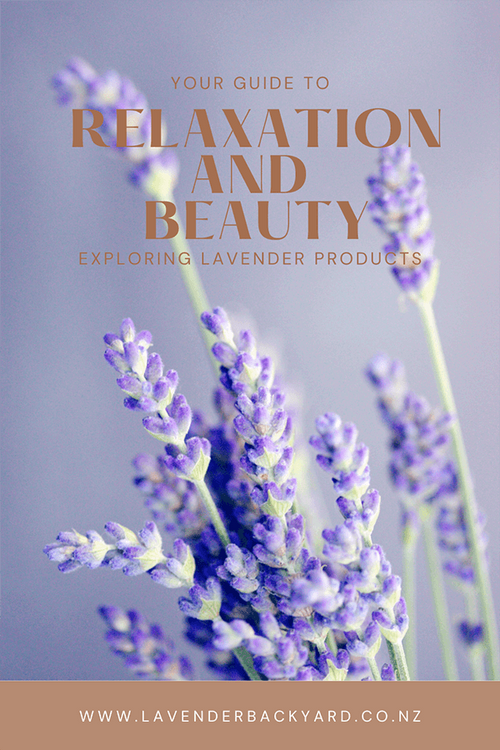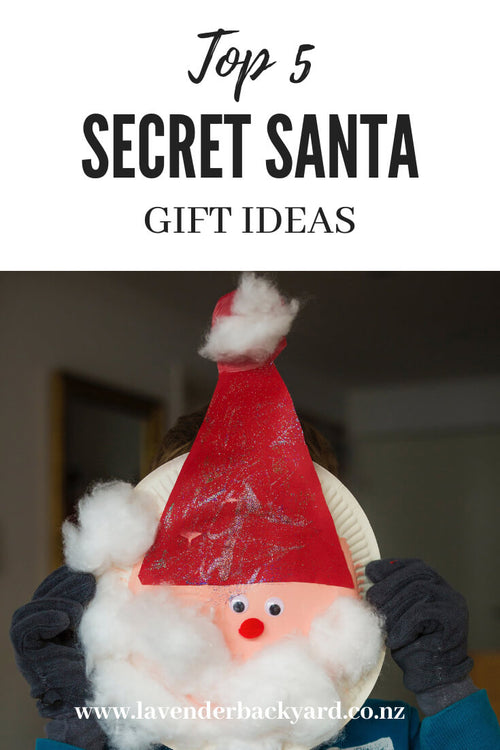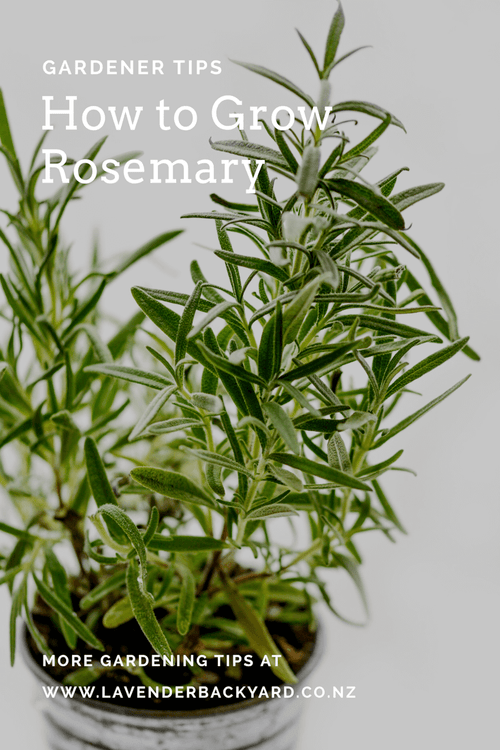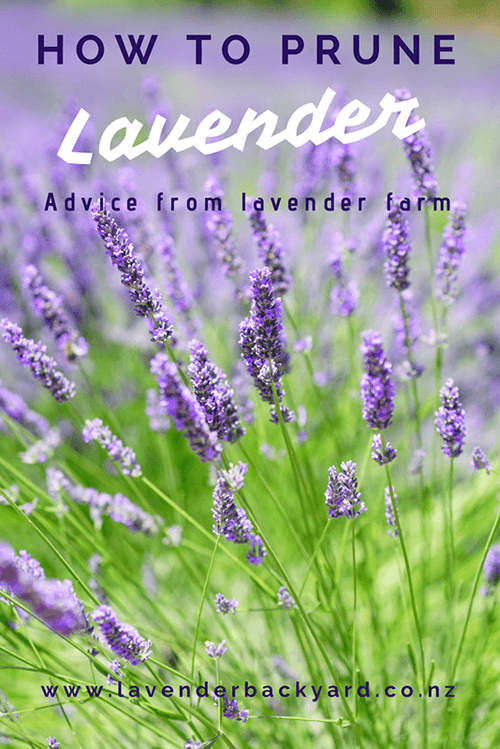Garden Ideas | Choosing the Best Lavender for Your Garden
Share

Lavender is more than just a pretty purple plant—it's a powerhouse of beauty, fragrance, and function. Whether you're designing a pollinator-friendly garden, crafting aromatic sachets, or seeking drought-tolerant plants for your landscape, lavender fits the bill. In this guide, we’ll walk you through everything you need to know to choose the best lavender for your garden, from design inspiration and growing tips to variety comparisons and companion planting ideas.
🔎 Table of Contents
- Why Lavender is a Must-Have for Every Garden
- Garden Design Ideas Featuring Lavender
- How to Help Lavender Thrive
- Best Companion Plants for Lavender
- How to Choose the Right Lavender for Your Garden Goals
- Frequently Asked Questions About Growing Lavender
- Final Thoughts: Bring Lavender Beauty Into Every Garden
😊 Why Lavender is a Must-Have for Every Garden
Lavender’s silvery foliage, vibrant purple blooms, and calming scent make it a garden standout—and with good reason. Beyond its beauty, lavender attracts pollinators, tolerates drought, and offers endless uses from sachets to culinary infusions. With over 450 varieties available, selecting the right lavender for your climate, soil, and garden goals ensures you’ll enjoy healthy plants and fragrant flowers season after season.
💡 Garden Design Ideas Featuring Lavender
Incorporating lavender into your garden design is both beautiful and practical. Its fragrant blooms and grey-green foliage bring elegance, movement, and sensory delight to any outdoor space.
🌸 Lavender Borders and Pathways
Line walkways or garden beds with compact varieties like English lavender. Their tidy growth habit and calming aroma enhance both structure and scent.
🌿 Lavender as a Focal Point
Use larger varieties like Lavandin ‘Grosso’ in the center of herb gardens, island beds, or formal parterres. Their height and flowering spikes create visual drama and seasonal interest.
🌾 Rock Gardens and Drought-Tolerant Landscapes
Spanish and woolly lavenders thrive in dry, rocky terrain. Combine them with succulents and ornamental grasses for a Mediterranean or low-water garden aesthetic.
🌿 How to Help Lavender Thrive (And What Happens If You Don’t)
To grow strong, fragrant lavender, you’ll need the right balance of sun, airflow, soil, and spacing. Neglecting any of these essentials can quickly lead to stunted growth, disease—or even plant death. Here’s how to get it right and what to avoid.
☀️ Sunlight & Airflow
What it needs:
Lavender loves the sun and thrives in open, breezy areas.
- Full Sun: Aim for 6–8 hours of direct sunlight daily to promote strong stems and abundant blooms.
- Air Circulation: Space plants 30–90 cm apart depending on their variety to reduce fungal diseases like powdery mildew and botrytis.
What goes wrong:
Without enough light or airflow, lavender will:
- Stretch toward the light, becoming leggy and weak
- Develop mildew or rot in overly damp conditions
- Produce fewer flowers
🏔️ Climate & Hardiness
What it needs:
Choose a variety that matches your region’s climate:
- Cold Climates (Zones 5–7): Opt for English lavender or hardy lavandins. Add winter mulch or plant in raised beds for protection.
- Mild Winters (Zones 8–11): Spanish, fringed, and woolly lavenders thrive and often bloom more profusely.
What goes wrong:
Using the wrong variety for your zone may lead to:
- Blackened stems and die-back during frost
- Whole-plant collapse if temperatures drop below tolerance
🌾 Soil & Drainage
What it needs:
Lavender hates soggy roots and loves lean, fast-draining soil.
- Ideal Soil: Neutral to slightly alkaline loam or sandy soil (pH 6.5–7.5)
- Drainage Boost: Use raised beds or amend clay soil with grit, sand, or gravel.
What goes wrong:
Poor drainage or rich soil causes:
- Yellowing leaves and root rot
- Mushy, waterlogged roots
- Few or no blooms
⚖️ Soil pH & Nutrition
What it needs:
Lavender prefers soil that’s not too acidic and doesn’t need rich fertilisers.
- Test your soil pH and keep it within the 6.5–7.5 range
- Fertilise lightly or not at all—lavender thrives on “tough love”
What goes wrong:
In overly acidic or overly rich soil:
- Plants grow slowly or turn pale (chlorosis)
- Flowers fail to develop even with added nutrients
✂️ Pruning & Variety Fit
What it needs:
Prune annually after flowering and match plant size to your space.
- Trim back spent blooms and about one-third of green growth in late summer
- Choose compact varieties for small beds and robust types like Lavandin for large spaces
What goes wrong:
Skipping pruning or planting large types in tight spots causes:
- Woody, gnarled stems with little new growth
- Poor flowering and untidy shape
- Restricted roots and stressed plants
After harvesting lavender blooms, you can extend their beauty by drying them correctly. Learn step-by-step in our guide on how to dry lavender and make it last.
🌿 Best Companion Plants for Lavender
Lavender pairs beautifully with a variety of plants that share similar growing conditions and enhance garden appeal.
🌿 Mediterranean Companions
- Rosemary, thyme, sage, oregano
- These herbs enjoy full sun and well-drained soil, just like lavender
🌸 Flowering Allies
- Echinacea, yarrow, coreopsis, and gaura
- Their colours and textures contrast with lavender while attracting pollinators
🌾 Textural & Structural Pairings
- Ornamental grasses like blue fescue and carex add movement
- Boxwood or dwarf conifers offer evergreen contrast and structure
👩🌾 How to Choose the Right Lavender for Your Garden Goals
Discover the perfect lavender for your garden and beyond. Whether you’re looking to craft dreamy sachets, distill fragrant oils, or simply add a splash of purple to your borders, not all lavenders are created equal. Use the table below to compare hardiness zones, mature size, and ideal applications—so you can choose the right variety for your climate, space, and creative goals.
| Variety (Latin Name) | Zones | Size (H × S) | Bloom Season | Key Uses |
|---|---|---|---|---|
|
English Lavender Lavandula angustifolia |
5–9 | 30 × 30 cm | Early summer | Borders, sachets, culinary, dried |
|
Lavandin “Grosso” Lavandula × intermedia |
5–9 | 75 × 75 cm | Mid–late summer | Mass plantings, oil distillation |
|
Spanish Lavender Lavandula stoechas |
8–11 | 50 × 50 cm | Early spring–late summer | Rock gardens, decorative pots |
|
Fringed Lavender Lavandula dentata |
8–11 | 60 × 60 cm | All year (warm zones) | Textural borders, containers |
|
Woolly Lavender Lavandula lanata |
7–9 | 70 × 70 cm | Mid spring–mid summer | Drought-tolerant specimen |
🪴 Best Lavender for Hedges & Mass Plantings
Choose Lavandin varieties like ‘Grosso’ or ‘Provence’ for bold borders, long stems, and dense flower coverage. These are excellent for filling space and creating fragrant structure in larger gardens.
🧺 Best Lavender for Crafting & Drying
Opt for English lavenders such as ‘Hidcote’ or ‘Munstead’. Their sweet fragrance and compact blooms are ideal for drying, making sachets, and culinary use.
Not sure how to make the most of your harvest? Discover 7 ways to use dried lavender for relaxation and home care, and explore our Dried Lavender Flower Collection—harvested at peak bloom on our New Zealand farm and carefully dried to preserve their calming aroma and soft colour.

🌼 Extend Your Garden Indoors with Dried Lavender
Love the idea of enjoying your garden's beauty year-round? Dried lavender bundles are a perfect way to bring its calming scent and rustic charm indoors. Whether you're crafting sachets, decorating your home, or gifting a piece of your garden, our naturally air-dried lavender makes it effortless.
🌞 Best Lavender for Hot, Dry Gardens
Spanish lavender (L. stoechas) and Woolly lavender (L. lanata) thrive in full sun and sandy, well-drained soils. Perfect for Mediterranean-style gardens or low-water zones.
🪟 Best Lavender for Pots & Small Spaces
Compact dwarf varieties of English lavender are perfect for patios, containers, or edging garden beds with limited space.
🌿 Best Lavender for Year-Round Texture
Try Fringed lavender (L. dentata) with soft, toothed leaves that add visual interest and evergreen appeal—even when not in bloom.

❓ Frequently Asked Questions About Growing Lavender
Q: Which lavender is best for a garden?
A: English lavender (Lavandula angustifolia) is often considered the best overall choice for gardens due to its hardiness, compact size, and versatility. It thrives in temperate climates, offers a strong fragrance, and is suitable for hedges, borders, and container planting. Lavandin varieties like 'Grosso' are ideal for larger spaces and mass plantings.
Q: What lavender varieties grow well in New Zealand?
A: In New Zealand, English lavender and Lavandin hybrids perform exceptionally well in most regions. Popular choices include ‘Hidcote’, ‘Munstead’, and ‘Grosso’. These varieties adapt well to the country’s varied climates, especially in areas with full sun and free-draining soil.
Q: What is the 888 rule for growing lavender?
A: The 888 rule is a simple planting guideline: 8 hours of sun per day, 80 cm between plants, and an 8-week pruning cycle during the growing season. This helps ensure healthy growth, strong flowering, and good airflow around the plant to prevent disease.
Q: How does French lavender differ from English lavender?
A: French lavender (Lavandula dentata) has toothed leaves, blooms almost year-round in warm climates, and gives off a lighter, more camphor-like scent. English lavender is more compact, has sweeter fragrance, and is hardier in cold climates. French types are best for mild zones and decorative use, while English types are better for culinary and crafting purposes.
Q: Which lavender has the strongest scent?
A: Lavandin varieties like 'Grosso' are known for having the strongest scent due to their high essential oil content. However, English lavenders such as ‘Hidcote’ and ‘Munstead’ are preferred for their sweeter, more refined fragrance, especially in sachets and perfumes.
Q: How can I identify the type of lavender I have?
A: You can distinguish lavender types by examining their leaves, flowers, and growth habits. English lavender has narrow leaves and compact flower spikes. French lavender has serrated (toothed) leaves and blooms with bracts resembling rabbit ears. Lavandin grows taller with long flower stems and hybrid traits.
Q: What lavender lasts the longest?
A: In terms of bloom longevity, Spanish and French lavenders often flower for longer periods in warm climates. For plant lifespan and overall durability, English lavender and Lavandin types are long-lasting perennials when properly pruned and cared for.
Q: What is the hardiest lavender?
A: English lavender is the hardiest, surviving temperatures as low as –15°C (5°F). It’s ideal for regions with frosty winters and is less likely to suffer winter die-back compared to more tender types like Spanish or French lavender.
Q: Why is Bulgarian lavender so popular?
A: Bulgarian lavender (a type of Lavandula angustifolia) is prized for its exceptional oil quality. Grown in the ideal climate of Bulgaria’s Valley of Roses, it produces a sweet, floral aroma with therapeutic benefits, making it a top choice in aromatherapy and high-grade perfumes.
Q: What’s the difference between English, French, and Spanish lavender?
A: English lavender is cold-hardy with a sweet, classic scent and compact growth. French lavender blooms longer in warm areas and has ornamental, serrated leaves. Spanish lavender (Lavandula stoechas) is heat-tolerant and recognized by its unique “rabbit ear” bracts atop each flower head. Each type varies in hardiness, fragrance, and bloom time.
🌟 Final Thoughts: Bring Lavender Beauty Into Every Garden
With hundreds of varieties to choose from, lavender is more than just a pretty plant—it’s a versatile hero in garden design. Whether you're seeking aroma, pollinators, or striking visual structure, there's a perfect lavender for you.
Focus on:
- Matching the right variety to your climate and space
- Pairing with compatible plants
- Providing proper sunlight, soil, and airflow
💬 Looking for the right plant to start with? Begin with English lavender for reliability, or experiment with Lavandin if you're ready to go bold.
🌿 Want More Lavender Growing & Care Tips?
Explore our complete Lavender Plant Care & Growing Guide to dig deeper into planting, pruning, fertilising, and harvesting. Whether you’re just starting or refining your garden, our expert advice helps you grow strong, fragrant lavender all year round.
